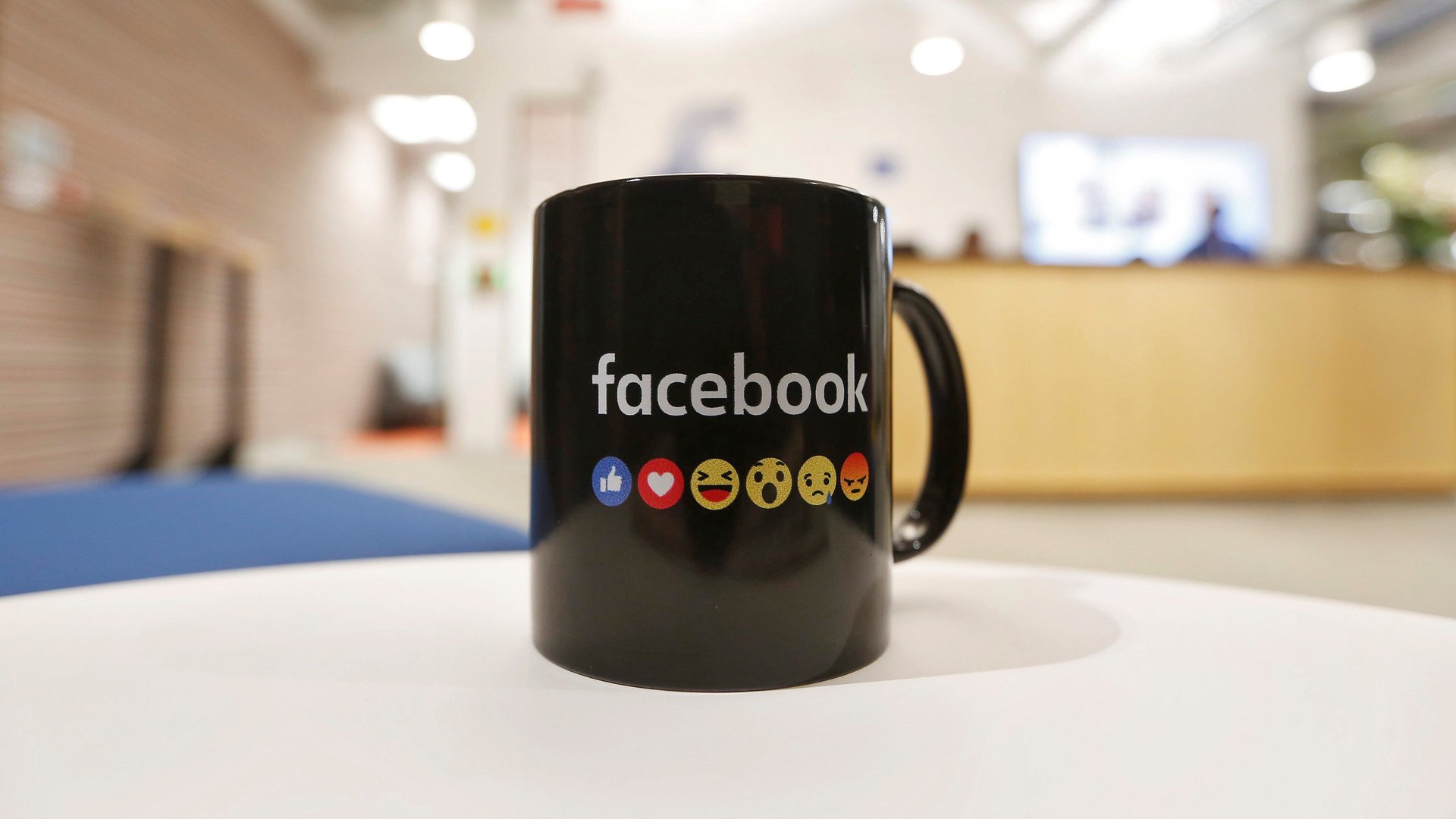Facebook can thank haters for the success of its news feed
News feed is proof that even outrage can be constructive criticism.


News feed is proof that even outrage can be constructive criticism.
For two years after its 2004 launch, Facebook didn’t change the look and use of its homepage much. To see what your friends were up to, you had to stalk their pages and monitor their activity. Today, the platform has learned to prioritize friends and family and push video content. The news feed—as we know it—came into being 10 years ago and has been through various iterations since. A decade after its launch, members of the original news feed team came together in a Facebook Live video to reminisce about the (not so) good old days.
They had launched the product in the dead of night, then convened the next day to discuss the reception. ”We went home after many nights of all-nighters, hoping to come back the next day and be really invigorated,” said Ruchi Sanghvi, a former Facebook news feed team member, said in the video. “But then we wake up to crazy groups with hundreds of thousands of people talking about how they hate news feed.”
Newspaper reporters and students camped outside the social network’s office in Palo Alto, California, and the team had to sneak outside the back door if they needed to leave. Almost 10% of the user base was threatening to leave or boycott Facebook, Sanghvi said. Eventually, the number one group on the site became “I hate news feed.” The creators of news feed deliberated over whether to shut down the project, which had taken nine months to develop.
But overall engagement doubled. People were much more willing to share things about themselves and their posts gained traction because of the visibility news feed provided. Close behind the haters group were groups representing humanitarian causes. The Darfur crisis awareness group claimed the second spot and breast cancer awareness came in fourth, both with millions of people subscribing to them.
“Groups that size were unthinkable before news feed,” said Andrew Bosworth, the current vice president of ads and business platforms at Facebook. “In a lot of ways, the ‘I hate news feed’ group ironically served to prove that it was working.”